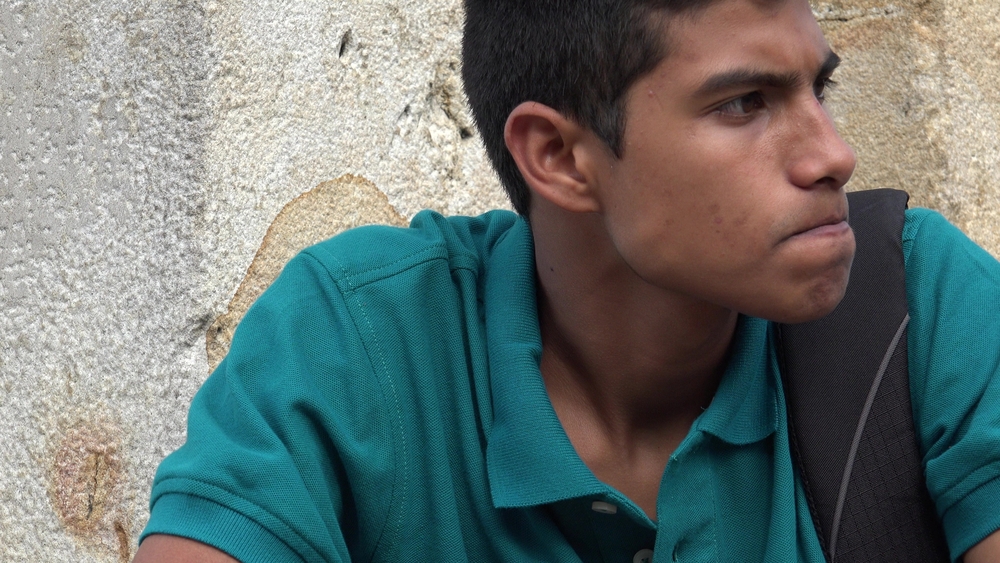Behavioral modification therapy is a type of psychotherapy that aims to change or modify a person’s behavior. People often use it to treat mental health disorders, such as addiction, anxiety, and depression.
In behavioral work, the therapist and client work together to identify the thoughts, emotions, and behaviors causing distress or problems in the person’s life. The therapist then helps the person develop new, healthier ways of thinking, feeling, and behaving.
This blog post will look at what behavioral modification therapy is, how it works, and what you can expect from this type of treatment.
History of Behavioral Modification Therapy
We can trace the roots of behavioral modification therapy back to the work of American psychologist B.F. Skinner. In the 1930s, Skinner developed a theory of behavior called operant conditioning. According to this theory, consequences control behavior.
Other psychologists later expanded upon Skinner’s work, such as Joseph Wolpe and Aaron T. Beck. These theorists developed new techniques for changing behavior, which they used to treat various mental health disorders.
Psychologists and mental health professionals have found behavioral modification therapy to effectively treat many mental health disorders, including addiction, anxiety, depression, and Obsessive-Compulsive Disorder (OCD). Treatment centers also use it to help people with eating disorders, sleep disorders, and chronic pain.
How Behavioral Modification Therapy Works
B.F. Skinner and other psychologists built behavioral modification therapy on the principles of operant conditioning. Through operant conditioning, the therapist works to change the teen’s behavior by altering the consequences of that behavior.
For example, if a teen is engaging in a behavior that is causing them distress, the therapist may use behavior reinforcement to increase their motivation to change that behavior.
The therapist may use positive reinforcement to reinforce desired behaviors, such as providing praise or rewards, or negative reinforcement, such as removing an unpleasant consequence.
The therapist may also use punishment to decrease the frequency of undesired behaviors. However, punishment should only be used as a last resort, as it can often have adverse side effects, such as resentment and anxiety.
To do this, the therapist will first help the teenager identify the thoughts, emotions, and behaviors causing problems in their lives. The therapist will then work with the person to develop new, healthier ways of thinking, feeling, and behaving.
Health professionals usually conduct behavioral modification therapy through a series of individual sessions. However, the number of sessions will vary depending on the needs of the individual.
There are a few different types of behavioral modification therapy, each with its unique approach:
Positive Reinforcement
Positive reinforcement therapy is a type of behavioral modification therapy that focuses on increasing the frequency of desired behaviors. Counselors provide rewards or praise when the individual displays the desired behavior.
Positive reinforcement comes in many forms, but standard methods include verbal reinforcement (praise or compliments), tangible reinforcement (gifts or prizes), and activity reinforcement.
The premise of positive reinforcement therapy is that people are more likely to repeat behaviors that result in positive outcomes. Over time, the patient begins to associate desired behaviors with positive outcomes, and they are more likely to display those behaviors in the future.
Negative Reinforcement
Negative reinforcement is a type of behavioral modification therapy that focuses on decreasing the frequency of undesired behaviors. By removing an unpleasant consequence when the patient displays the desired behavior, the patient will be apt to change their behavior.
For example, if a patient is afraid of flying, the therapist may help them gradually confront their fear by taking small steps, such as watching videos about flying or going to the airport.
Each time the person takes a step, the therapist removes an unpleasant consequence, such as providing reassurance or relaxation techniques. Because of the process, it is effective in treating people with sensory issues.
Over time, the patient begins to associate desired behaviors with removing an unpleasant consequence, and they are more likely to display those behaviors in the future. When it comes to negative reinforcement, the important thing is that you are consistent (especially with reluctant teens).
Extinction (Ignoring Negative Behavior)
Extinction is a type of behavioral modification therapy that focuses on decreasing the frequency of undesired behaviors by ignoring them.
This form of treatment can be very effective in treating teens with anger issues. For example, if a teen receives no stimulus when displaying angry behaviors, they will eventually stop engaging in those behaviors.
The premise of extinction therapy is that people are less likely to repeat behaviors that do not result in any type of reinforcement, positive or negative.
Punishment
Punishment is a type of behavioral modification therapy that focuses on reducing the frequency of undesired behaviors by applying an unpleasant consequence when the patient displays undesired behavior.
Punishment should only be used as a last resort, as it can often have adverse side effects, such as resentment and anxiety.
Some common forms of punishment include verbal punishment (such as scolding or criticism), physical punishment (such as spanking or restraint), and logical consequences (such as taking away privileges).
What to Expect from Behavioral Modification Therapy
If you consider behavioral modification therapy, it is essential to know what to expect from this type of treatment. Behavior modification therapy is a highly individualized form of treatment, so the number of sessions and type of therapy will vary depending on the patient’s needs.
In general, a series of individual sessions drives behavioral modification therapy. First, the therapist will work with the patient to identify desired behaviors and devise a plan to increase or decrease those behaviors.
The therapist may also use other forms of treatment, such as cognitive-behavioral therapy or medication, to help the patient achieve their goals.
Who Benefits from Behavioral Modification Therapy?
Behavioral modification therapy can be an effective treatment for people who suffer from different behavioral problems. Some conditions that you can treat with behavioral modification therapy include:
● Anxiety disorders
● Depression
● Eating disorders
● Obsessive-compulsive disorder
● Phobias
● Sleep disorders
However, it is also helpful for drug abuse, social media addiction, and other behavioral issues.
If you are struggling with these issues, behavioral modification therapy may be a good option for you. However, we recommend that you speak with a mental health professional to determine if this treatment is appropriate.
Behavioral Modification Therapy With HelpYourTeenNow
At HelpYourTeenNow, we specialize in helping parents find the best treatment options for their struggling teens. If you are considering behavioral modification therapy, our team of experts can help you find the right program for your family.
We understand how difficult it is to watch your teen suffer, and we are here to help. Contact us today to learn more about our services and how we can help you find the best treatment for your teen.
If you are a parent of a struggling teen, please reach out to us. We can help you find the best treatment options for your family. Visit our website or call us at
HYTN is here to help you and your family through these difficult times. We specialize in finding the best treatment options for struggling teens and their families.
Contact us today to learn more about our services. We are here to help you every step of the way.











0 Comments